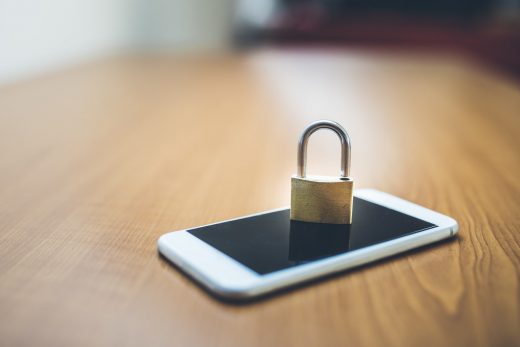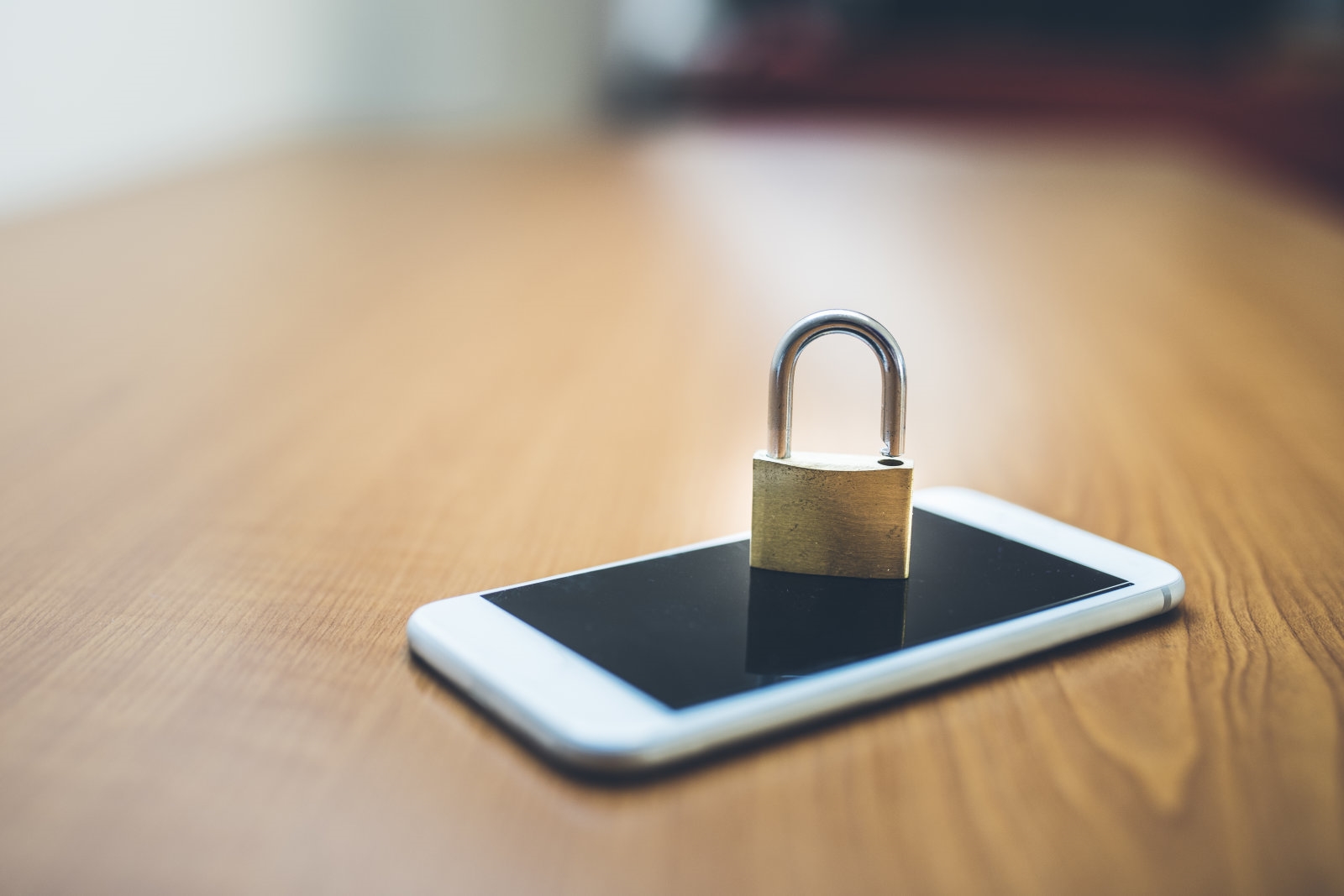Your iPhone now serves as a Google security key
You no longer need Android to use your phone as a Google security key. Google has updated Smart Lock for iOS to let you use your device’s “built-in security key” — that is, the Secure Enclave built into every iOS device with Touch ID or Face ID. From then on, you’ll just need your iPhone or iPad nearby (plus your usual password) for two-factor authentication when you sign into Google on a desktop using Chrome. It uses a Bluetooth connection to ensure that it’s really you and not some distant intruder.
This won’t help you authenticate non-Google accounts, of course, and it could be a pain if you’re the sort who upgrades devices frequently. It might beat having to buy a dedicated Bluetooth key in certain circumstances, though, and it’s more secure than relying on SMS-based authentication.
(18)




